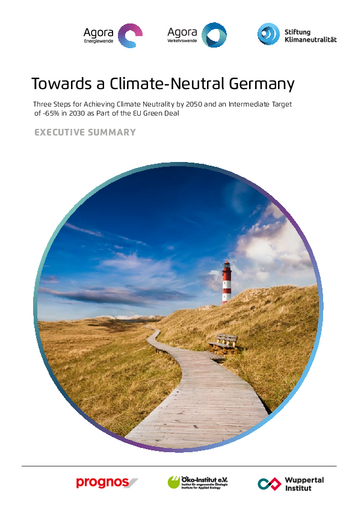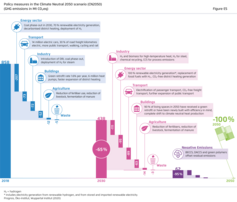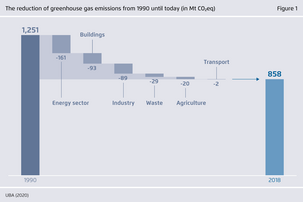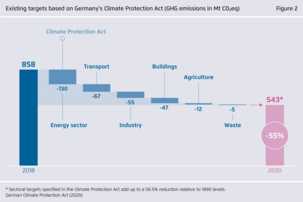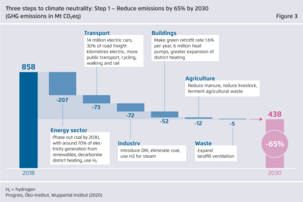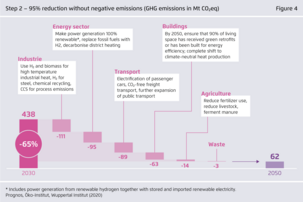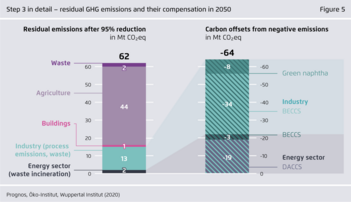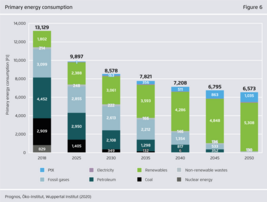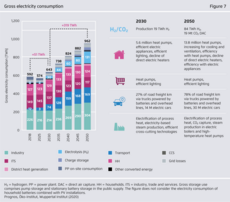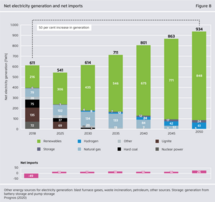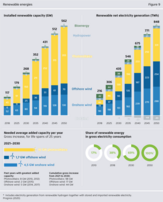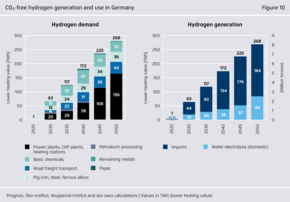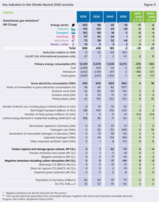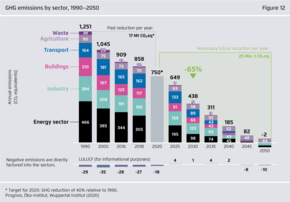The third year of drought in Germany, devastating forest fires in Australia and California, record temperatures at the North and South Poles – scientists’ dire climate warnings have become impossible to ignore. Fortunately, despite the COVID-19 pandemic, a number of countries have made major climate policy strides. The European Union, Great Britain, Japan, South Korea and many US federal states have all committed themselves to achieving climate neutrality by no later than 2050. Notably, China has also announced its own ambitious plans, recently pledging to make its economy climate neutral by 2060.
The climate policy developments in the past year point to the emergence of a new consensus. But achieving climate neutrality by mid-century will require more ambitious interim goals for 2030 than currently exist. The EU Commission has proposed that Europe increase its 2030 emissions reduction target from 40% to at least 55% relative to 1990 levels. Denmark plans to reduce its emissions by as much as 70%.
How can Germany build a society that does not rely on coal, oil and natural gas? And what will it need to do specifically over the next ten years? We commissioned Prognos, the Öko-Institut and the Wuppertal Institute to develop a feasible scenario for a climate-neutral Germany with economic efficiency, adherence to existing investment cycles and public acceptance in mind.
The resulting scenario shows that Germany can achieve climate neutrality by 2050 and reduce its emissions by 65% by 2030 as long as it greatly accelerates its pace of climate action. This report describes the concrete steps that German will have to take over the next 30 years in order to achieve these goals. We hope that the outlined proposals provide orientation in the ongoing debate, and serve as an impetus for new ideas as well.


